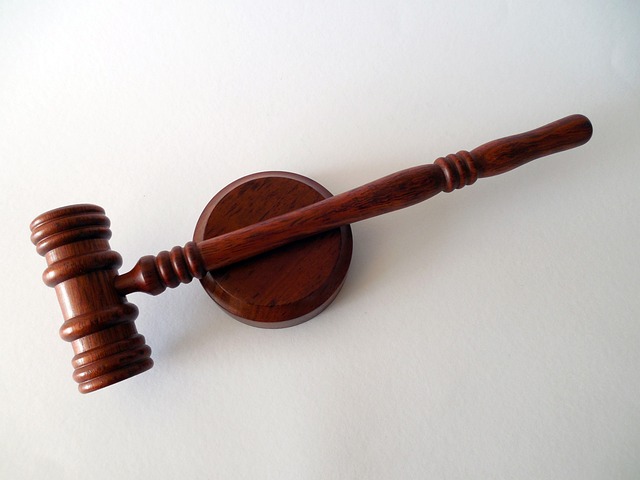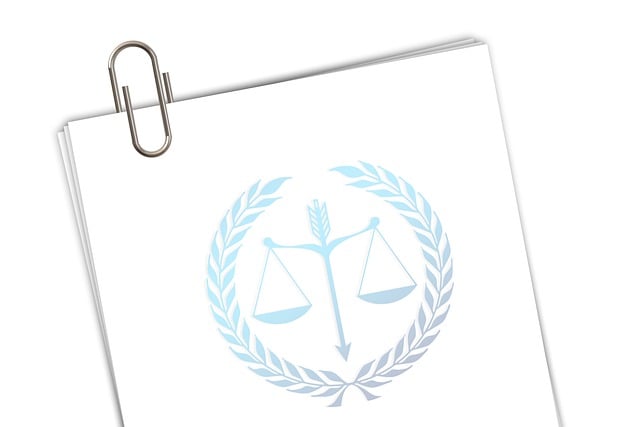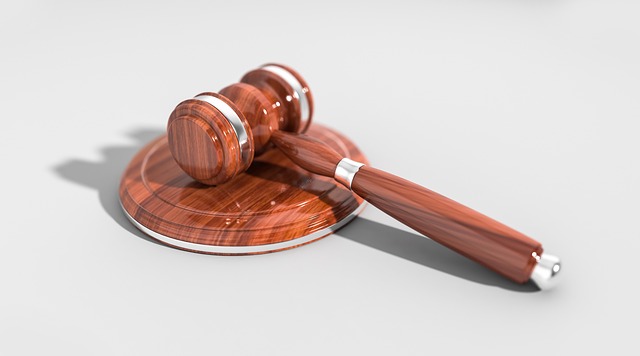The Criminal Law Enforcement field is a complex web addressing criminal activities from investigation to sentencing, including intricate cases like patent infringement that blend civil litigation processes. Enforcers act as arbiters, investigating allegations, gathering evidence, and collaborating with stakeholders to prevent infringements. Understanding the Civil Litigation Process for Patent Infringement is crucial for patent owners seeking justice; it involves filing a complaint, court proceedings, and robust legal arguments centered around validity, novelty, and prior art. Internationally, patent infringement demands global collaboration through specialized courts and tailored legal frameworks to tackle cross-border challenges.
“Criminal Law Enforcement plays a pivotal role in addressing patent infringement, a complex area of intellectual property law. This article offers an insightful exploration of various facets of this critical issue. We begin with a comprehensive overview of criminal law enforcement, delving into its mechanisms and agencies’ responsibilities. The guide then navigates the intricate Civil Litigation Process for Patent Infringement, providing a step-by-step roadmap for patent owners. Additionally, it illuminates legal strategies, defenses, and international perspectives on cross-border infringement, offering practical insights for professionals in this domain.”
- Understanding Criminal Law Enforcement: An Overview
- The Role of Law Enforcement Agencies in Patent Infringement Cases
- Civil Litigation Process: A Step-by-Step Guide for Patent Owners
- Legal Strategies and Defenses Against Patent Infringement Charges
- International Perspective: Cross-Border Patent Infringement and Enforcement
Understanding Criminal Law Enforcement: An Overview

Criminal Law Enforcement is a complex and multifaceted field that involves the application of laws and procedures to address and prevent criminal activities. At its core, it encompasses the entire spectrum from initial investigation to prosecution and sentencing. Understanding this process is crucial for both law enforcement agencies and individuals seeking justice. The journey begins with gathering evidence through meticulous investigations, ensuring all stages of the investigative and enforcement process are meticulously navigated.
This involves not just gathering physical clues but also interviewing witnesses and victims, which can often lead to complex scenarios, especially in cases of patent infringement where civil litigation processes may intertwine. Jury trials play a pivotal role, offering a platform for presenting evidence and arguments before an impartial panel. Achieving extraordinary results in criminal law enforcement requires a delicate balance between following legal protocols and adapting to the unique nuances of each case, ensuring justice is served at every step.
The Role of Law Enforcement Agencies in Patent Infringement Cases
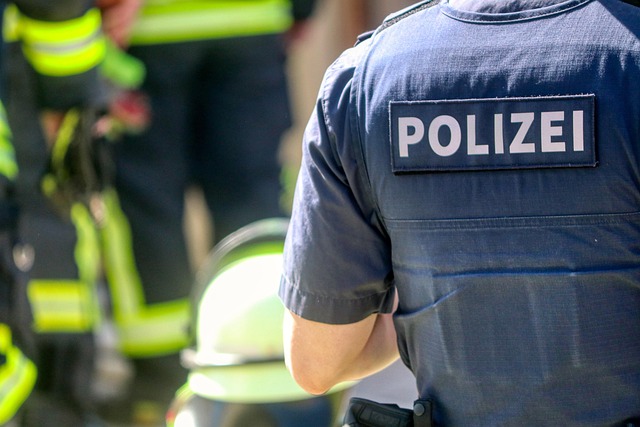
Law enforcement agencies play a multifaceted role in patent infringement cases, acting as crucial arbiters in the complex civil litigation process for patent infringement. They are tasked with investigating allegations of intellectual property violations, which often involve sophisticated white collar and economic crimes. By employing specialized units dedicated to these matters, law enforcement ensures that suspects are identified and held accountable through a meticulous process that respects due process rights. This involves gathering evidence, interviewing witnesses, and analyzing financial records to establish the extent of any infringement and its impact on the affected parties.
In addition to their investigative functions, law enforcement agencies also collaborate with philanthropic and political communities to develop strategies aimed at preventing patent infringement. They facilitate public awareness campaigns that educate businesses and individuals about the significance of intellectual property protection and the consequences of violating patents. By avoiding indictment in select cases where cooperation leads to significant deterrents, law enforcement encourages proactive compliance and fosters a culture of respect for intellectual property rights within the business sector.
Civil Litigation Process: A Step-by-Step Guide for Patent Owners
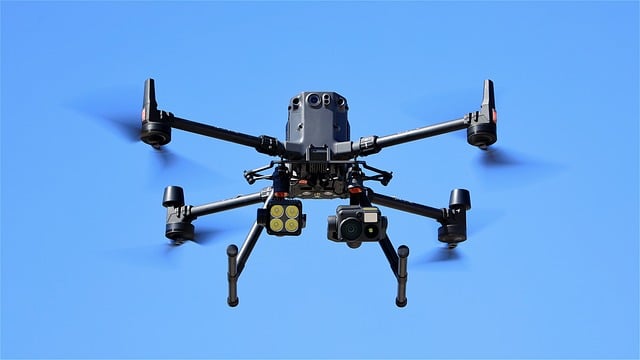
When a patent owner believes their intellectual property rights have been infringed upon, understanding the civil litigation process for patent infringement is crucial. This typically involves several key steps to ensure justice and protection of one’s inventions. First, filing a complaint in a suitable court is essential, outlining the alleged infringer and specific acts of infringement. Once filed, the court will issue a summons, officially notifying the defendant(s) of the lawsuit.
Throughout all stages of the investigative and enforcement process, patent owners can leverage an unprecedented track record of successful cases. Legal professionals specializing in intellectual property law guide clients—both corporate and individual—through each phase, from gathering evidence to negotiating settlements or preparing for trial. This meticulous approach ensures that patent holders’ rights are vigorously defended, providing a robust framework within the civil litigation process for patent infringement.
Legal Strategies and Defenses Against Patent Infringement Charges
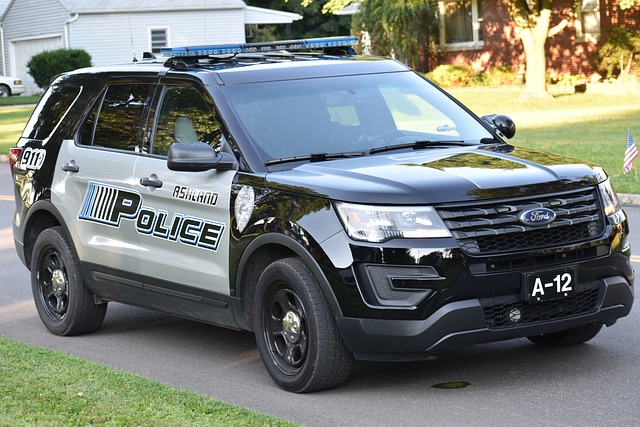
When facing patent infringement charges, a robust legal strategy is paramount. The civil litigation process for patent infringement involves complex legal arguments and defenses. One key defense strategy is to challenge the validity of the patent itself, questioning its novelty, non-obviousness, or scope. This can involve extensive prior art research and expert testimony to demonstrate that the accused technology does not meet the patent’s criteria.
Additionally, corporate and individual clients alike may avail themselves of the defense of “inequitable conduct,” where they argue that the patent owner acted dishonestly in obtaining the patent. This could include situations where crucial information was withheld from the patent office during the application process. A successful argument for inequitable conduct can lead to a complete dismissal of all charges, providing a significant outcome for those facing white collar and economic crimes related to intellectual property rights.
International Perspective: Cross-Border Patent Infringement and Enforcement

In today’s globalized world, patent infringement has become a complex issue that transcends national borders, requiring an international perspective in criminal law enforcement. Cross-border patent infringements present unique challenges for both rights holders and enforcers. As intellectual property becomes increasingly valuable, the stakes for protection and enforcement grow higher. This has led to a rise in international cooperation and specialized legal frameworks aimed at addressing these complex issues.
From a civil litigation process for patent infringement perspective, various countries have adapted their legal systems to facilitate cross-border cases. Some nations have established dedicated courts or specialized divisions to handle intellectual property disputes, ensuring swift and efficient resolutions. An unprecedented track record of successful prosecutions can be seen globally, reflecting the growing commitment to upholding intellectual property rights. By leveraging international treaties and agreements, general criminal defense strategies are adapted to navigate these complex scenarios, with a focus on avoiding indictment through proactive legal measures.
In navigating the complex landscape of patent infringement, understanding the roles of law enforcement agencies and international perspectives is paramount. The article has provided a comprehensive overview, from the basic understanding of criminal law enforcement to the intricacies of civil litigation processes and global cross-border cases. For patent owners, the guide on civil litigation offers a practical step-by-step approach to enforce their rights effectively. Armed with legal strategies and defenses, individuals can navigate patent infringement charges while staying informed about evolving international laws. By mastering these key aspects, patent holders can ensure protection for their innovations, fostering a vibrant and competitive technological environment.
